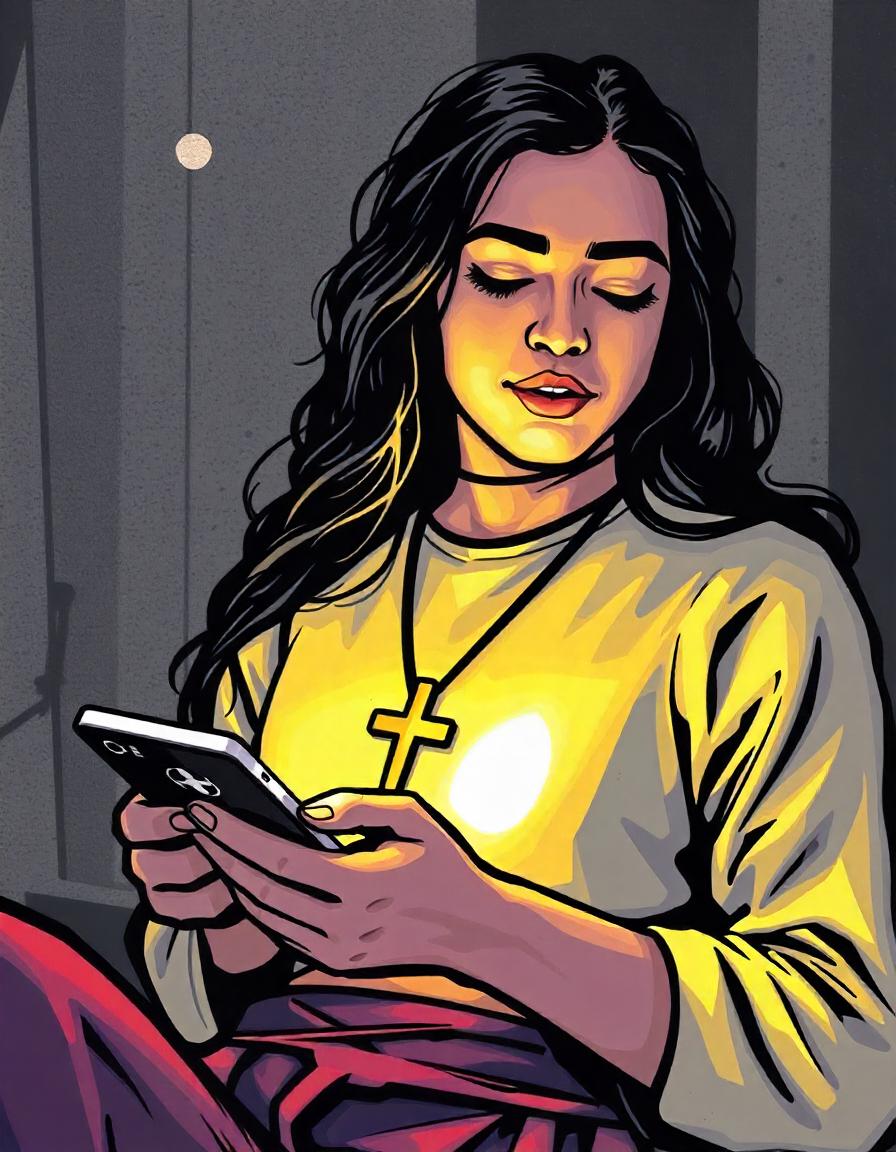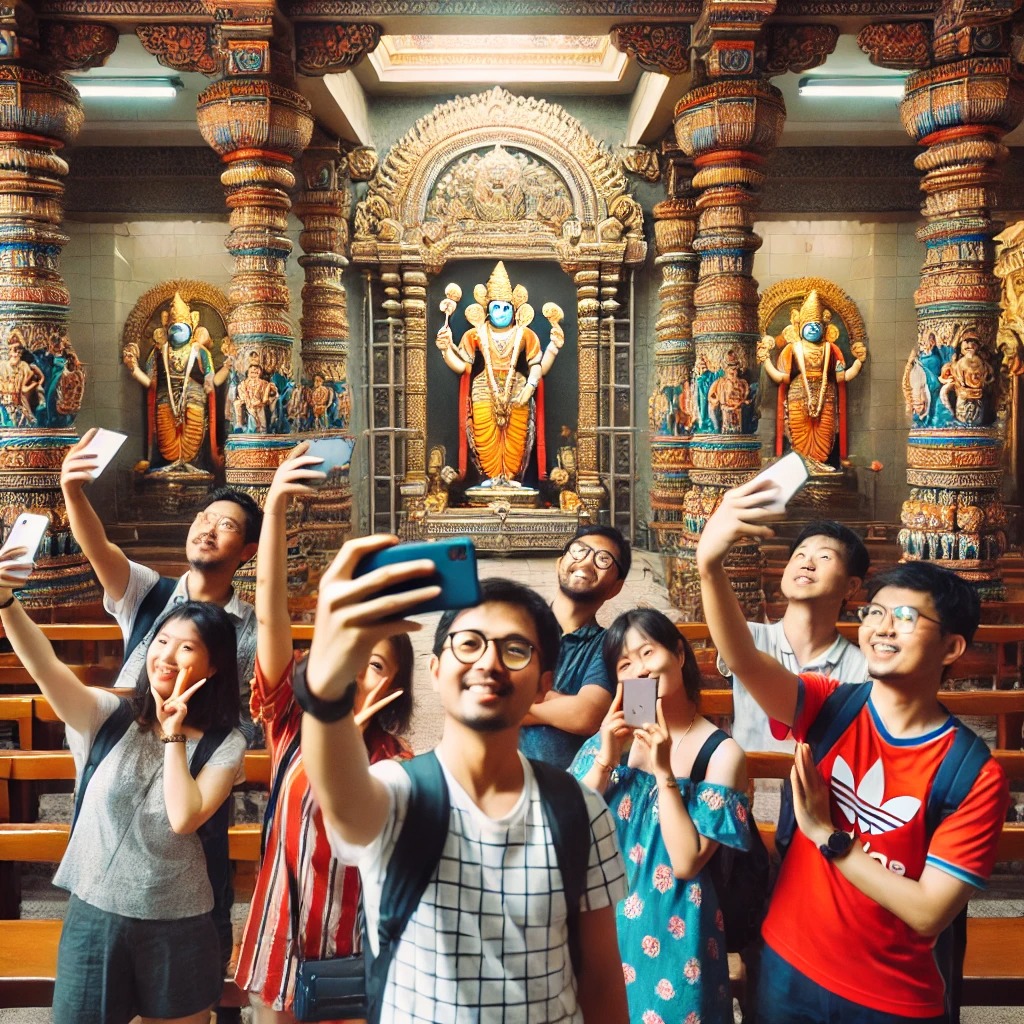From Rituals to Reels: A New Way of Worship
Earlier religious practices involved visiting holy places, attending prayers, and performing rituals. But today, young people prefer a quick and easy way to connect with faith. Instead of long sermons, they watch one-minute motivational reels, short spiritual stories, and live streamed prayers.
This shift is changing the way youth understand and practice religion. Social media is now a virtual temple, church, or mosque, where young people can access spiritual content anytime, anywhere.
Why Are Youth Turning to Digital Devotion?
1. It’s Quick and Convenient
Life is busy and young people don’t always have time to visit religious places watching a 30-second mantra reel or listening to a morning prayer podcast helps them stay connected to faith without taking much time.
2. It’s Engaging and Relatable
Traditional religious teachings can sometimes feel difficult to understand. But now, spiritual influencers explain complex scriptures in simple words, using stories, humor and real-life examples this makes faith more interesting for the younger generation.
3. It Builds a Digital Community
Instead of relying only on family traditions, youth are now learning about faith from online communities they join WhatsApp groups, Telegram channels, and Instagram pages to discuss spirituality and seek guidance.
4. No Fear of Judgment
Many young people feel uncomfortable asking religious questions in traditional settings online platforms provide a safe space where they can explore spirituality freely, without fear of being judged.
The Good and Bad of Digital Devotion
Like everything else digital devotion has both positive and negative sides.
✅ The Good
✔ Easily Accessible – Anyone can learn about different religions from anywhere.
✔ Encourages Self-Discovery – Youth can explore different spiritual paths at their own pace.
✔ Breaks Stereotypes – Online platforms allow open discussions about faith.
❌ The Bad
Ø Superficial Engagement – Watching reels is easy, but true faith requires action.
Ø Commercialization of Religion – Some influencers monetize spiritual content, raising ethical concerns.
Ø Algorithm Bias – Social media only shows what we like, limiting exposure to diverse religious perspectives.
How Can We Use Digital Devotion Positively?
Instead of rejecting digital spirituality, we should use it wisely Here’s how:
· Encourage Depth – Religious institutions can offer online workshops and live Q&A sessions to make faith more meaningful.
· Verify Sources – Young people should follow authentic spiritual teachers instead of blindly trusting viral content.
· Balance Online & Offline Practices – Watching reels is good, but participating in real-life rituals and prayers makes spirituality more meaningful.
Faith in the Age of Social Media: A Blessing or a Distraction?
Digital devotion is not good or bad it’s how we use it that matters if social media helps people connect with spirituality it can be a powerful tool for self-growth. But if it becomes just another form of entertainment it loses its true meaning.
🔹 Will this digital shift make faith stronger or weaker?
🔹 Can social media help young people find real spiritual guidance?
The future of faith depends on how we use technology
🔹 Let’s use social media for wisdom, not just content.
🔹 Let’s turn reels into real spiritual change!
If you found this blog helpful share it with others
Thank you
Yamini Parashar

.jpg)




.jpg)


